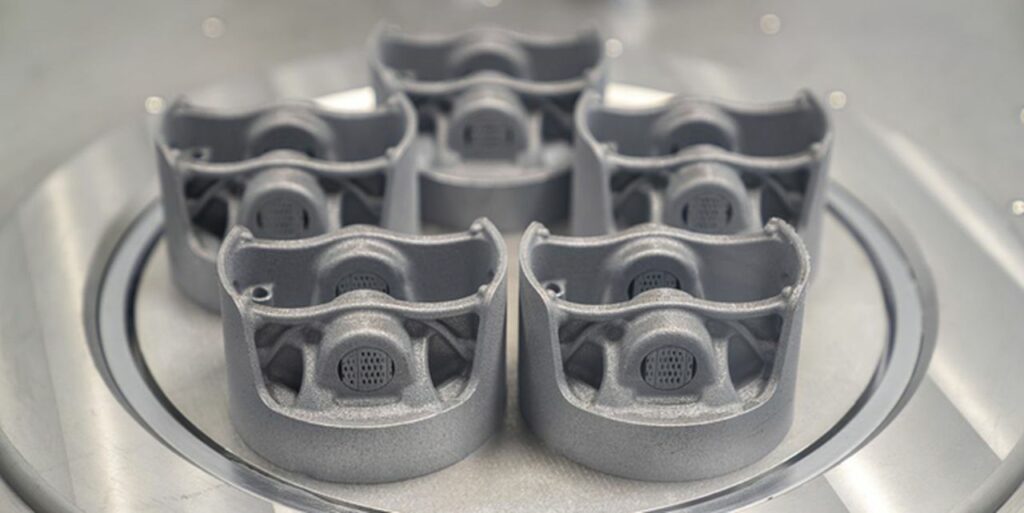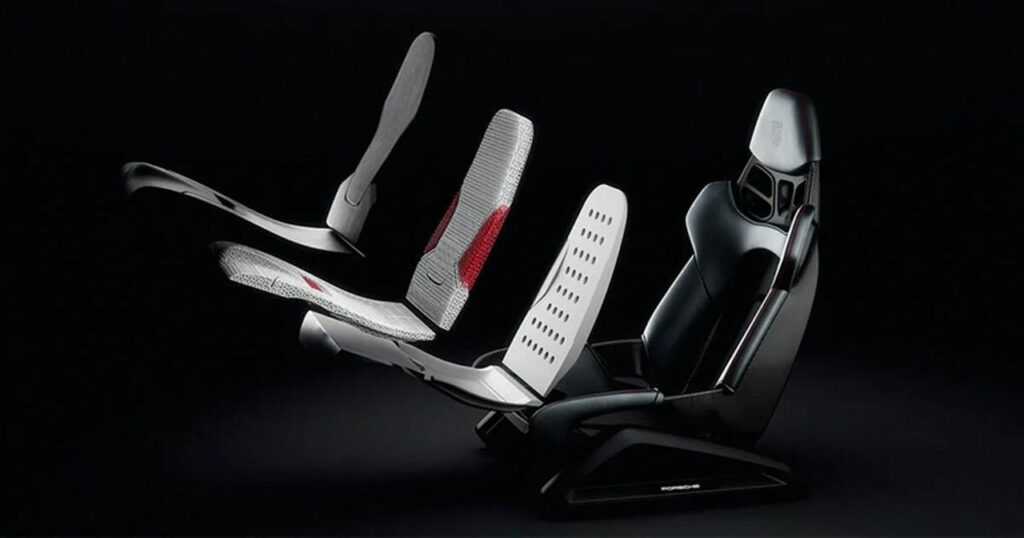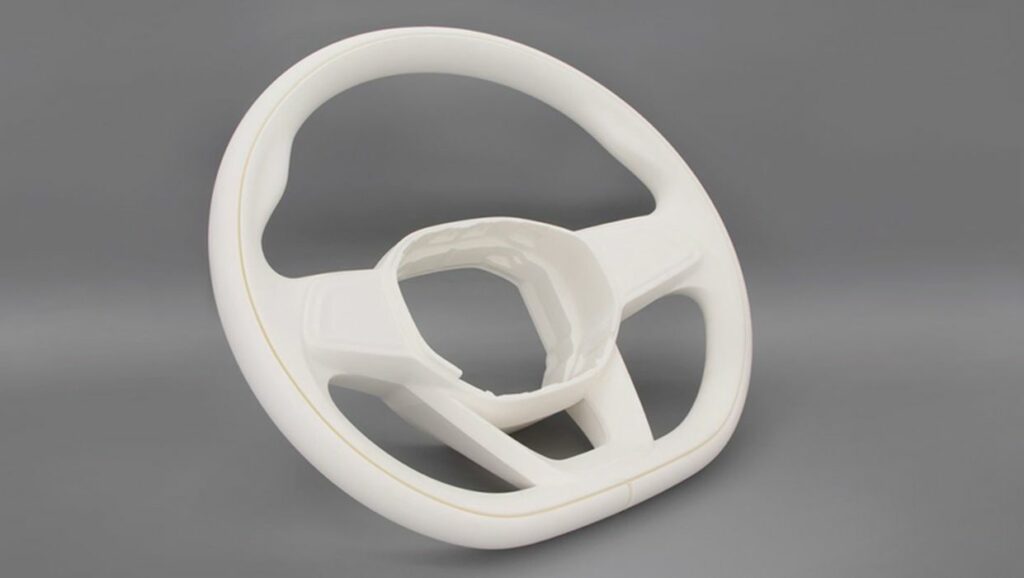
Charles R. Goulding and Preeti Sulibhavi believe 3D printing could assist Porsche.
To compete with Tesla in a stock market that is not favorable to the auto industry given its current state of affairs, Volkswagen (VW) has decided to spin off 25% of its stake in Porsche as an Initial Public Offering (IPO). The Porsche division is considered the most valuable portion of Volkswagen with an estimated total value of between US$60-85B.

Other well-known Volkswagen brands include Audi, Bentley, and Lamborghini. Porsche generated 25% of VW’s US$13B in operating profit for the first half of 2022.
The concerns investors have about blue-chip auto stocks include expensive transitions to electric vehicles (EVs), high inflation, and rumors of a looming recession. That is why VW’s Porsche IPO has so much potential to help ease auto investing tensions, help VW compete with Tesla, and involve the 3D printing industry in the mix as well.

Porsche has a long-standing history of using 3D printing. With the IPO and a potential increase in its valuation, there is room for 3D printing to help improve the new free-standing company’s operations and create internal value for the company as well.

Whether it is a 3D printed steering wheel and seating or 3D printed pistons for its engines, Porsche has been a pioneer in utilizing 3D printing for auto parts. 3D printing is an excellent way to ease the IPO transition as it will circumvent many global supply chain challenges that still linger.
The Research & Development Tax Credit
The now permanent Research and Development (R&D) Tax Credit is available for companies developing new or improved products, processes and/or software.
3D printing can help boost a company’s R&D Tax Credits. Wages for technical employees creating, testing and revising 3D printed prototypes can be included as a percentage of eligible time spent for the R&D Tax Credit. Similarly, when used as a method of improving a process, time spent integrating 3D printing hardware and software counts as an eligible activity. Lastly, when used for modeling and preproduction, the costs of filaments consumed during the development process may also be recovered.
Whether it is used for creating and testing prototypes or for final production, 3D printing is a great indicator that R&D Credit eligible activities are taking place. Companies implementing this technology at any point should consider taking advantage of R&D Tax Credits.
Conclusion
There are a lot of reasons to see this new Porsche IPO as good news. Whether you are a race car aficionado, a techie who would like to see 3D printing evolve with this transaction, or just a savvy investor, there is reason to believe VW can compete with Tesla in this market. We are not the only ones either as Barron’s agrees in its piece about this IPO.

